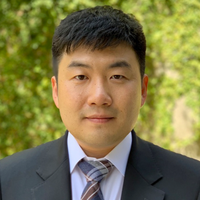Computer & electronics hardware
Chih-Hwan Henry Yang
Silicon quantum dot-based spin qubits to world-leading performance.

Korea
Soonwon Choi
The second quantum revolution has just begun.

China
Jiazhong Hu
A new method of laser cooling that can directly cool the atoms into Bose-Einstein condensates.

Asia Pacific
Lim Jian Wei Mark
From underground to space, he deploys plasma sources to address the challenges of this generation and the generations to follow.

China
Cheng Wang
Achieving high-performance, small-size, low-cost, and low-power optical interconnection with a thin-film LiNbO3 platform.
